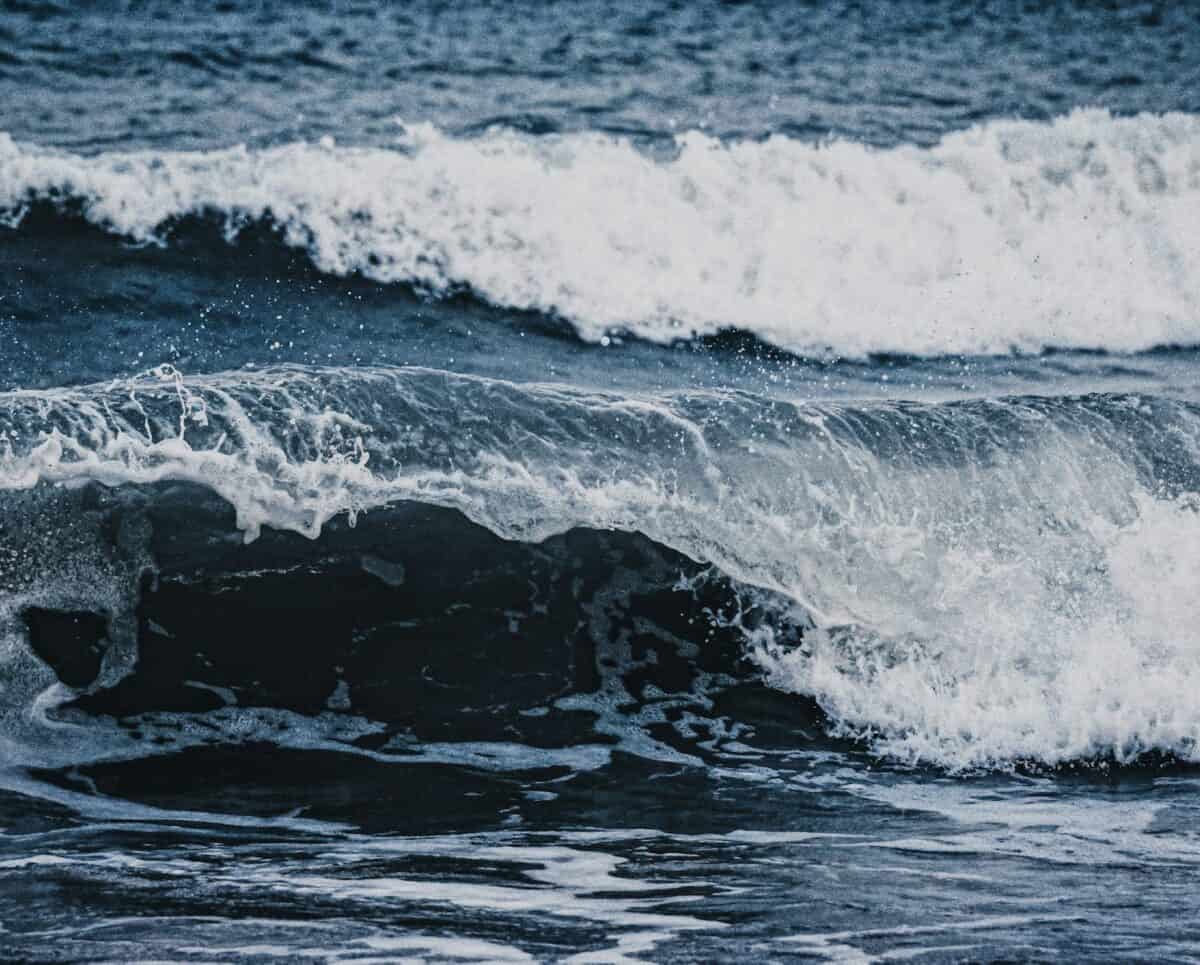Natural disasters have shaped human history, altering landscapes and societies. While these events can be devastating, they have also prompted technological and societal advancements, providing key lessons for future generations. This article explores ten natural disasters that have left an indelible impact on the world, highlighting their significance and the changes they spurred.
10. The Great Flood Ancient Myth and Reality
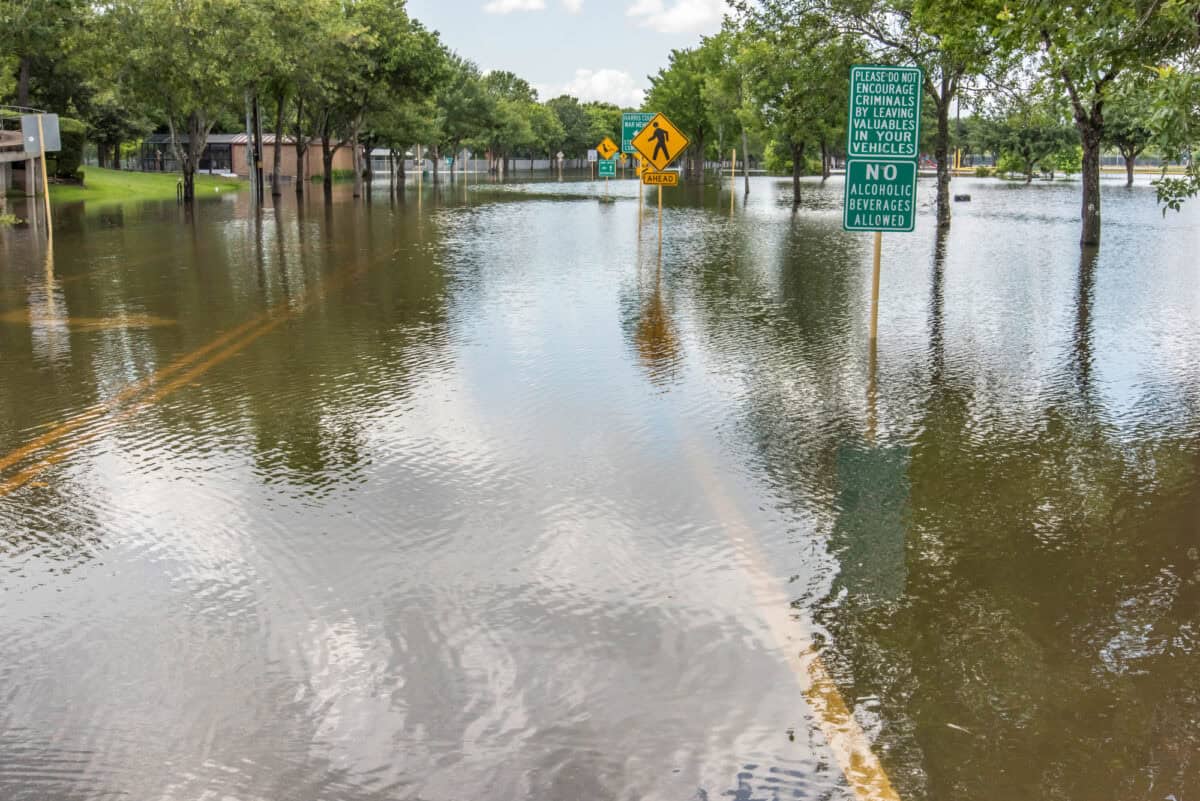
The story of a great flood that covers the Earth appears in the lore of numerous ancient civilizations, including Mesopotamian, Greek, and Hindu cultures. Scientifically, various civilizations may have experienced massive flooding events; for instance, the Black Sea deluge theory suggests a dramatic rise in sea levels around 5600 BCE, which may have inspired these stories. Beyond mythology, such floods highlight the persistent threat water-related disasters pose to human settlements, underscoring the importance of flood management and urban planning.
9. The Eruption of Mount Vesuvius Pompeii and Herculaneum
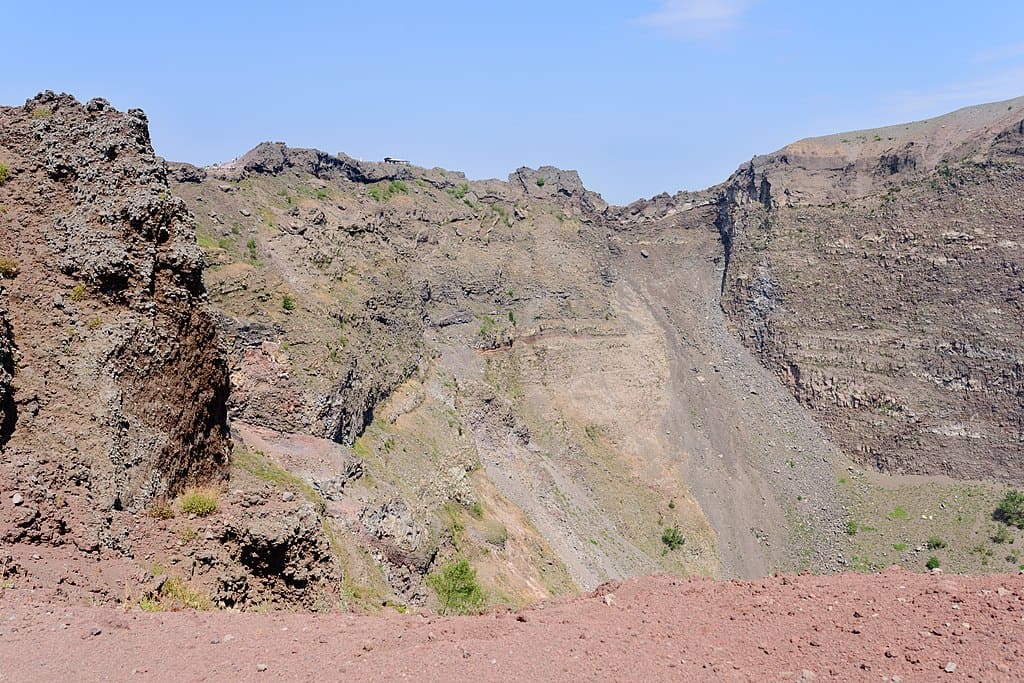
In 79 CE, Mount Vesuvius erupted with catastrophic results for the Roman cities of Pompeii and Herculaneum. The volcanic ash preserved buildings, artifacts, and even the forms of victims, offering a unique archaeological window into Roman life. This eruption underscored the dangers of volcanic activity and emphasized the importance of closely monitoring active volcanoes for future advancement in geological studies.
8. The Lisbon Earthquake of 1755
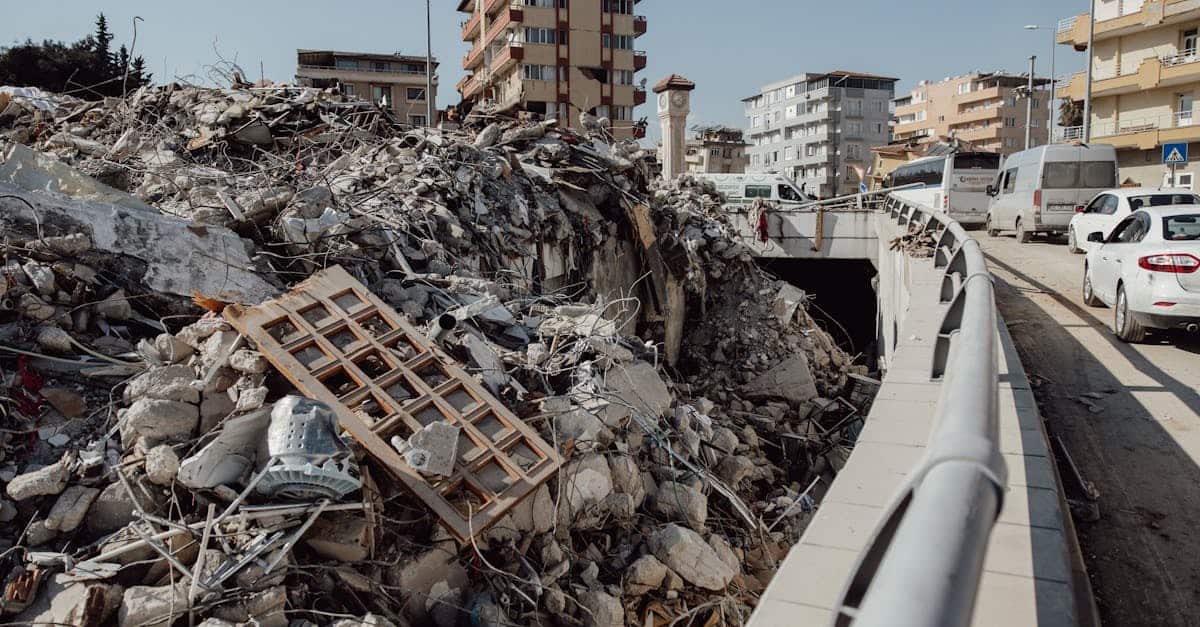
On November 1, 1755, an earthquake shook Lisbon, Portugal, followed by fires and a tsunami. This disaster claimed tens of thousands of lives and decimated the city. It sparked widespread philosophical and theological debate about divine justice and fate and laid groundwork for modern seismology due to the detailed records and analyses made in its aftermath.
7. Krakatoa Eruption of 1883

The cataclysmic eruption of Krakatoa in Indonesia in August 1883 was one of the most violent volcanic events in recorded history, resulting in over 36,000 deaths and atmospheric effects felt worldwide. It significantly lowered global temperatures and led to vivid sunsets, influencing art of the period and leading to the emergence of new scientific theories about volcanic effects on climate.
6. The Dust Bowl of the 1930s

The Dust Bowl was a decade-long ecological and agricultural disaster affecting the American and Canadian prairies. Severe drought and inappropriate farming practices led to massive dust storms, displacing thousands. This catastrophe led to changes in agricultural practices, including soil conservation and government policy support for sustainable farming techniques.
5. The 2004 Indian Ocean Tsunami
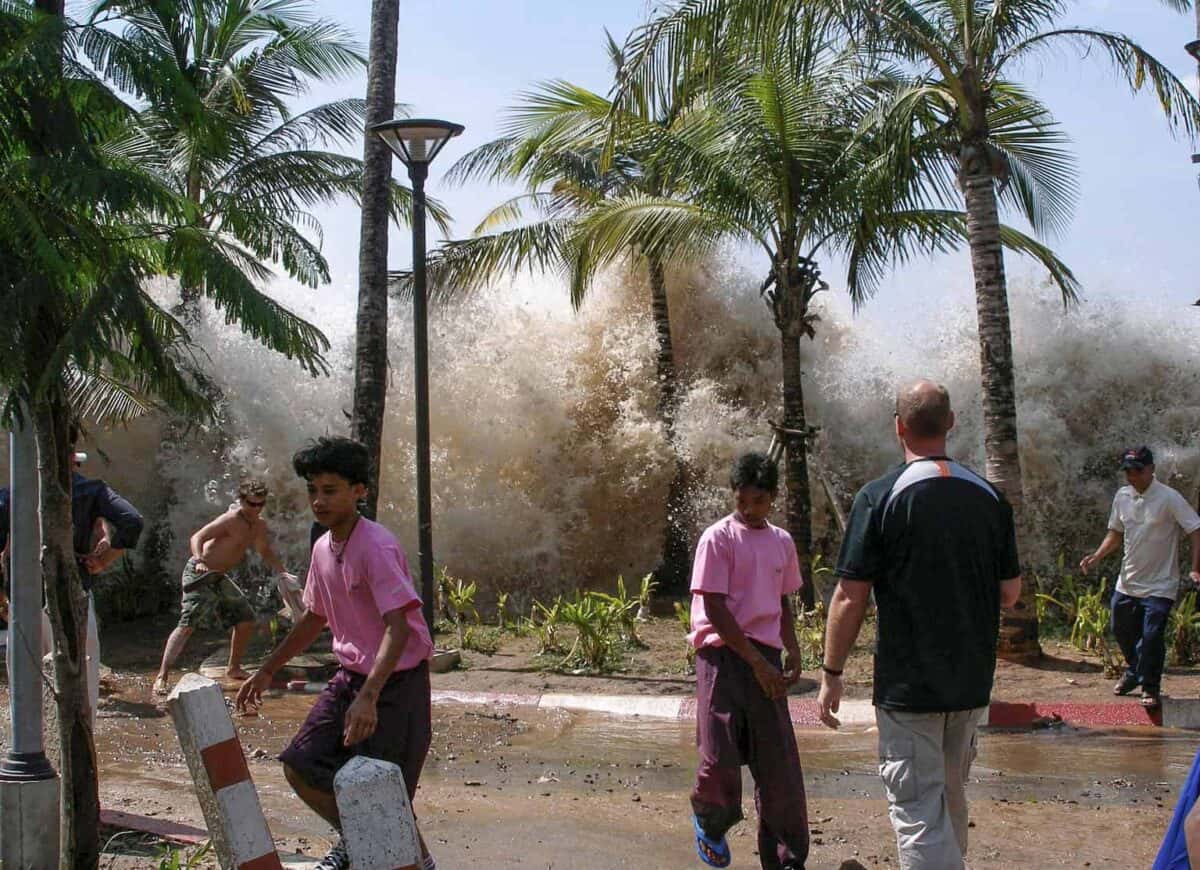
Triggered by a massive undersea earthquake, the 2004 Indian Ocean tsunami caused devastation across several countries, claiming over 230,000 lives. The tragedy highlighted vulnerabilities in global tsunami warning systems, spurring international efforts to improve early warning and disaster response capabilities, leading to the development of more comprehensive preparedness strategies.
4. Hurricane Katrina (2005)

Hurricane Katrina struck the Gulf Coast of the United States in August 2005, breaching levees in New Orleans and causing widespread destruction and loss of life. The disaster exposed failings in emergency planning and response, influencing improvements in disaster management policies and infrastructure resilience across the U.S. and highlighting the importance of addressing socio-economic disparities in disaster preparedness.
3. The Tangshan Earthquake (1976)
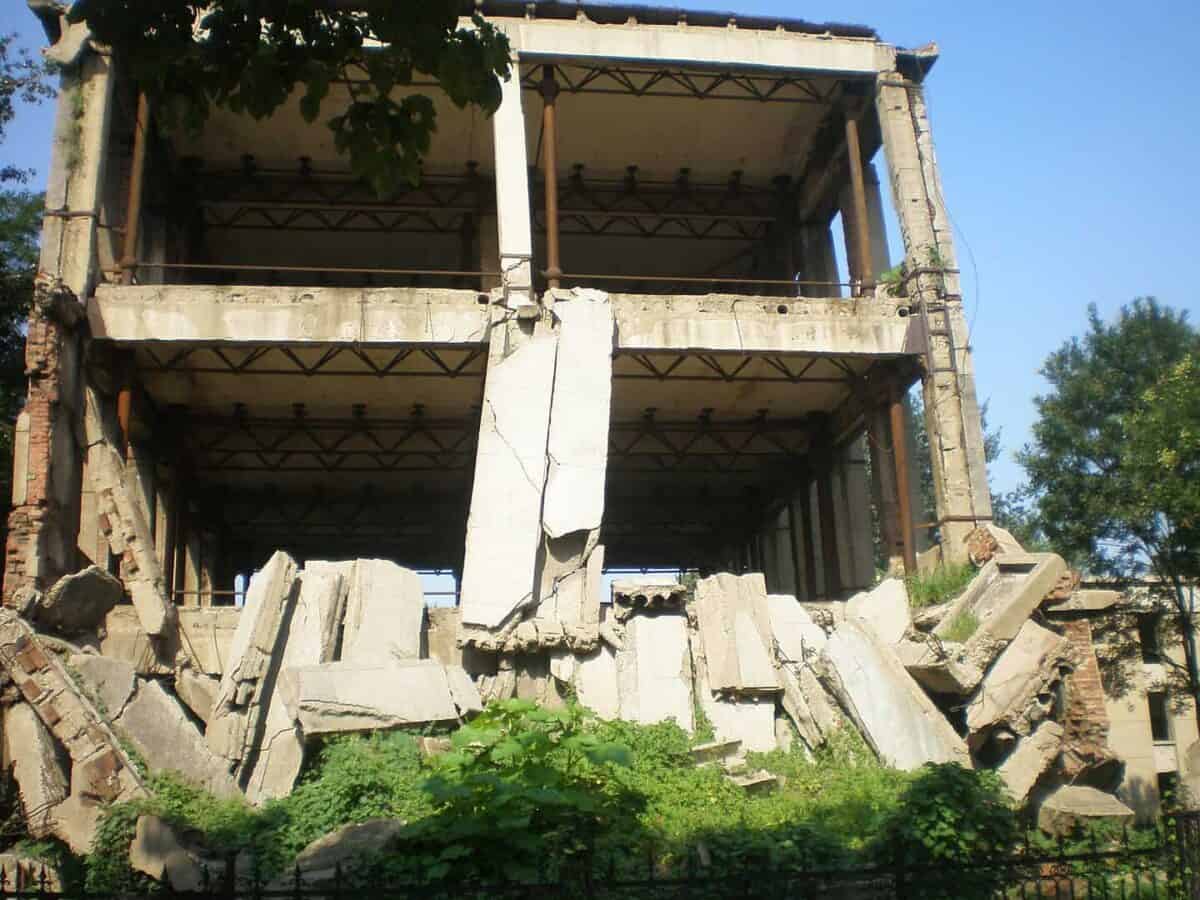
One of the deadliest earthquakes in the 20th century struck Tangshan, China, in July 1976, killing an estimated 242,000 people. This disaster prompted changes in Chinese construction codes and urban planning, incorporating seismic resilience and risk management into national policy, which helps guide global earthquake preparedness.
2. The 1986 Chernobyl Disaster
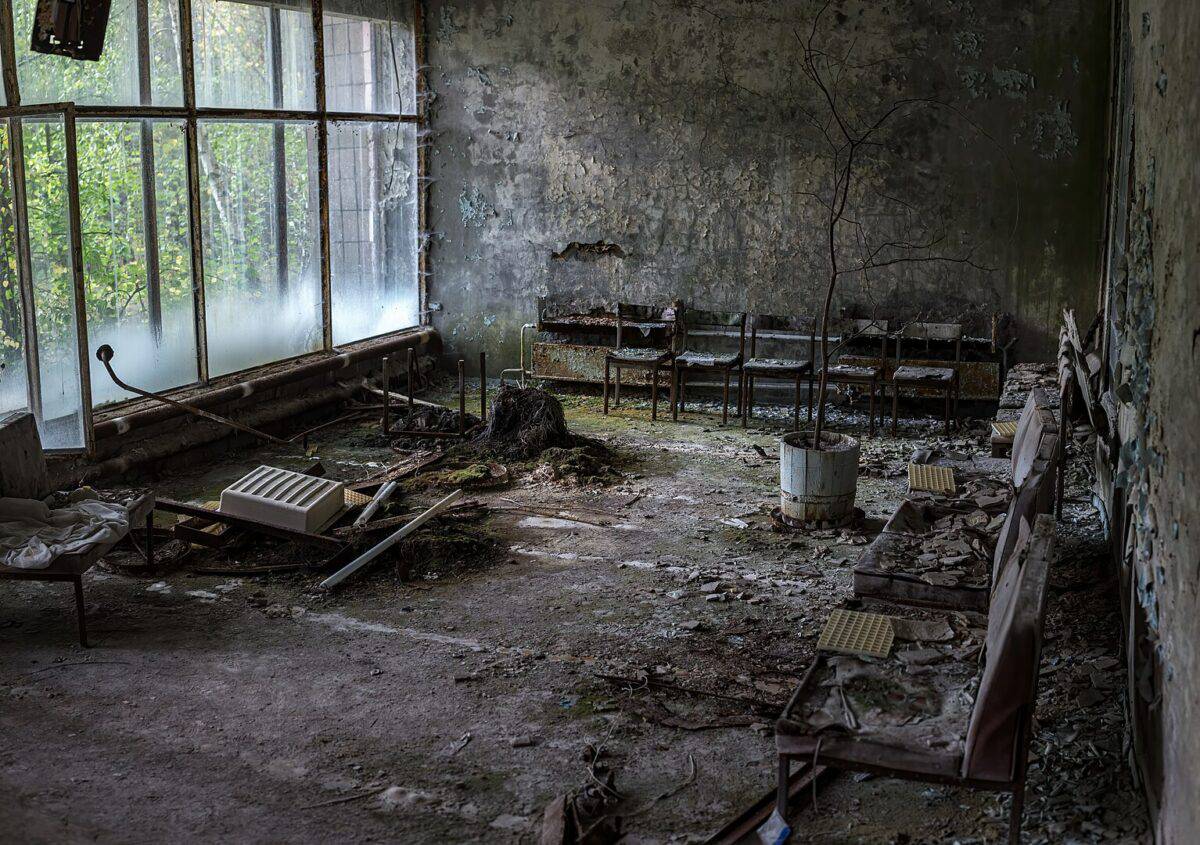
While technically not a natural disaster, the meltdown of the Chernobyl nuclear reactor in Ukraine in 1986 had profound environmental and human health impacts. It highlighted the risks associated with nuclear energy, prompting changes in global nuclear safety standards while fostering public awareness and dialogue about energy policy and environmental stewardship.
1. The Great East Japan Earthquake and Tsunami (2011)

In March 2011, Japan was struck by a massive earthquake and subsequent tsunami, resulting in over 15,000 fatalities and triggering a nuclear crisis at the Fukushima Daiichi Nuclear Power Plant. This disaster reinforced the need for robust disaster preparedness and the reevaluation of nuclear energy policies, leading to important shifts in energy reliance and disaster risk management strategies.
Conclusion: Lessons Learned from the Past


Natural disasters have complex and far-reaching impacts that extend beyond immediate physical destruction. They serve as reminders of human vulnerability and the need for preparedness, pushing advancements in technology, policy, and societal resilience. By studying past disasters, humanity can adapt and learn to mitigate future risks, striving for a safer and more sustainable world.
- The Largest Wildfire to Ever Burn in the US - August 9, 2025
- The Secretary Bird A Raptor That Hunts on Foot - August 9, 2025
- 10 Dog Breed Restrictions That Stir Controversy in U.S. States - August 9, 2025

